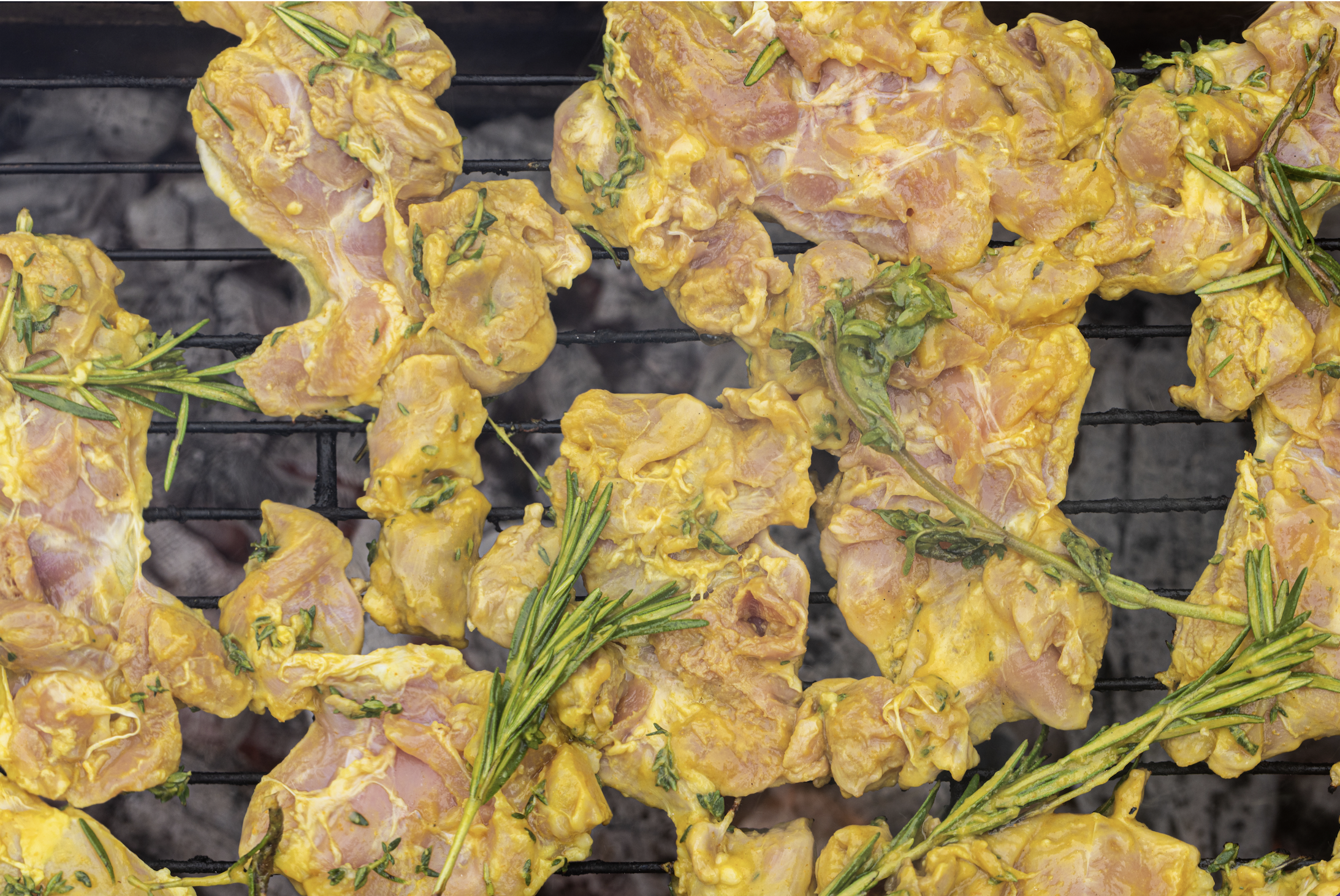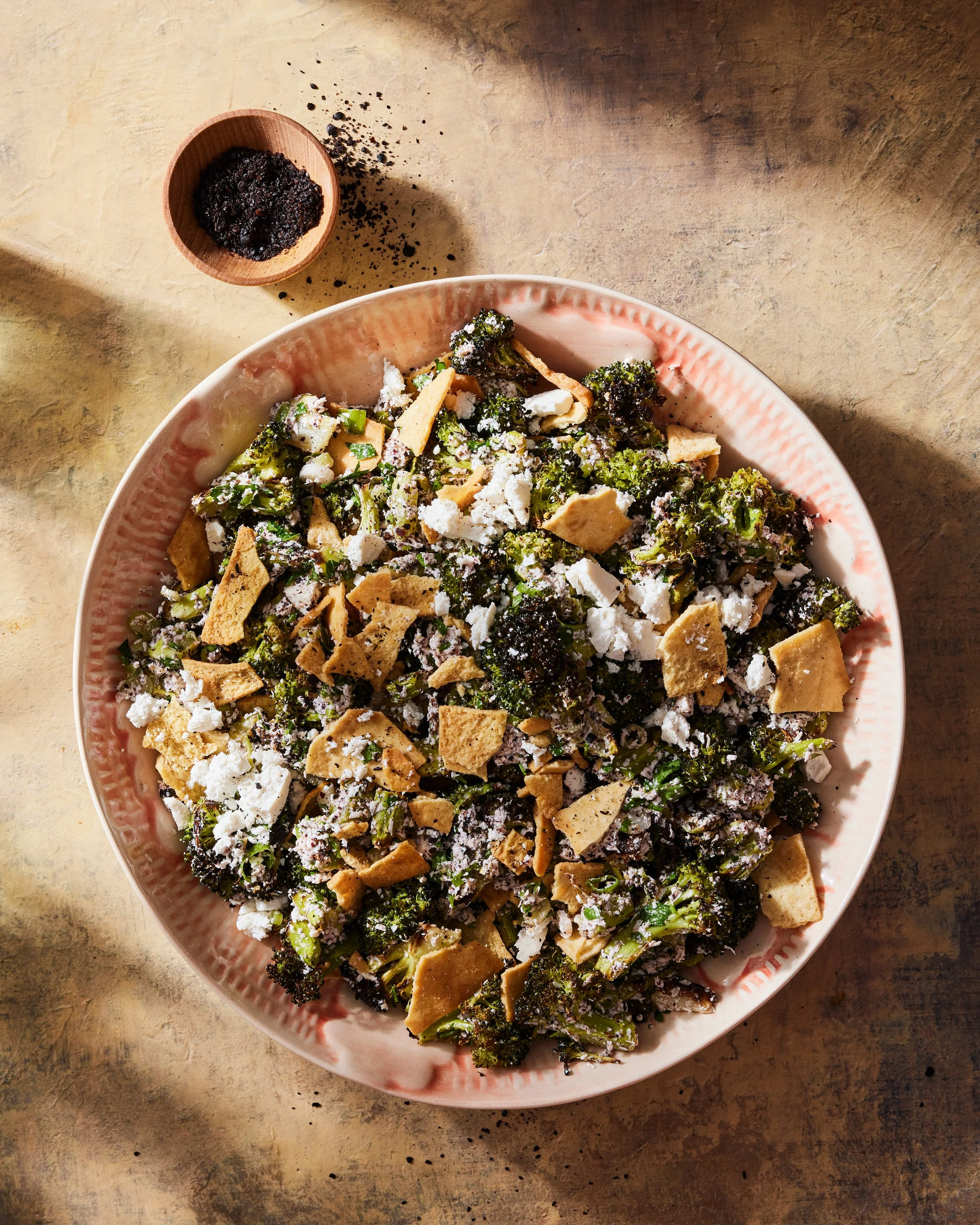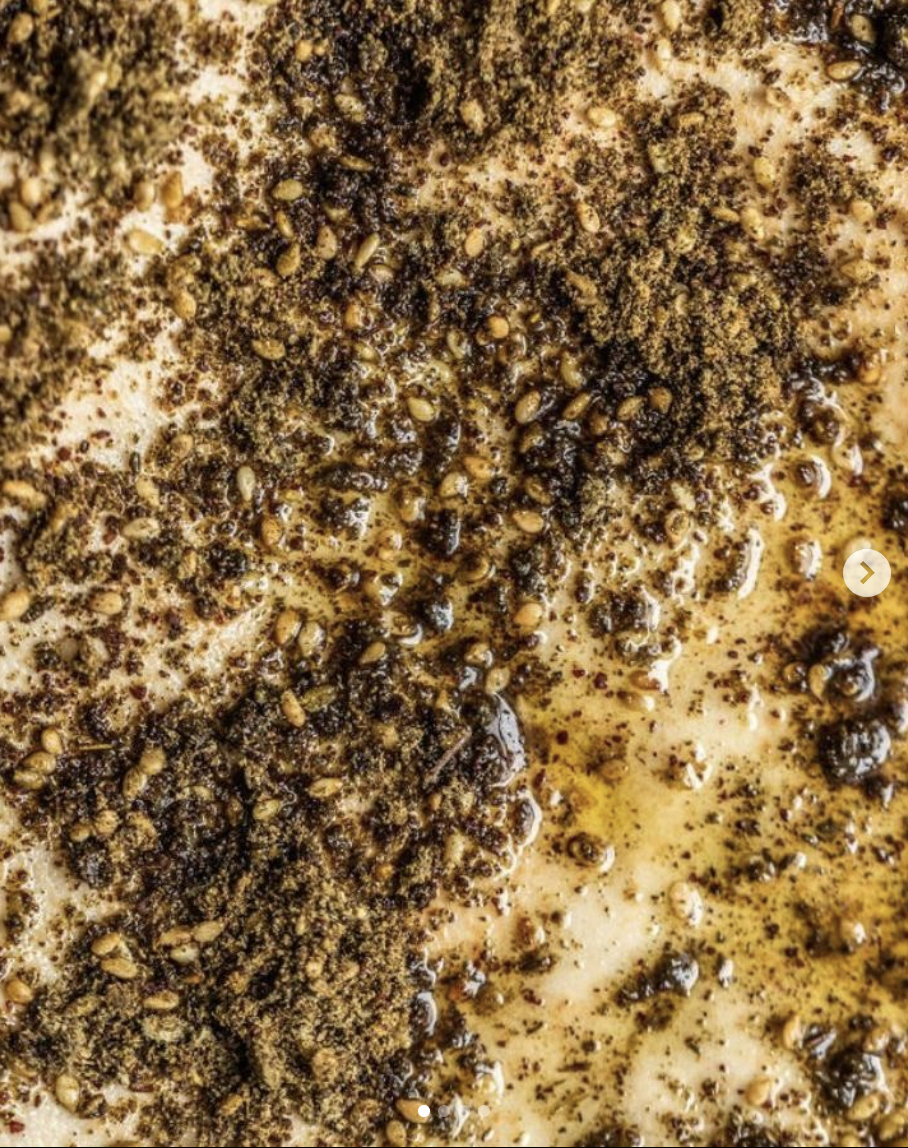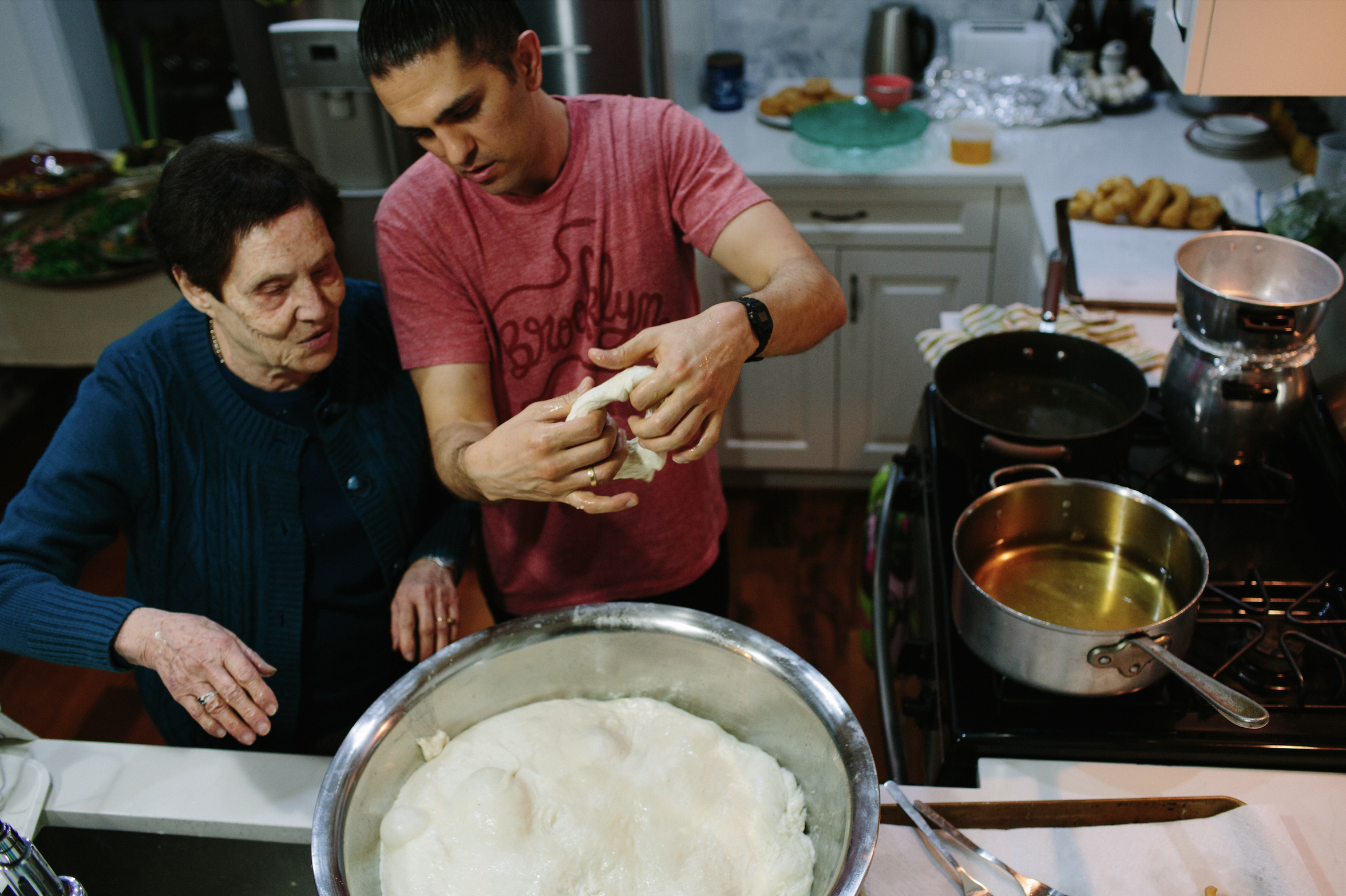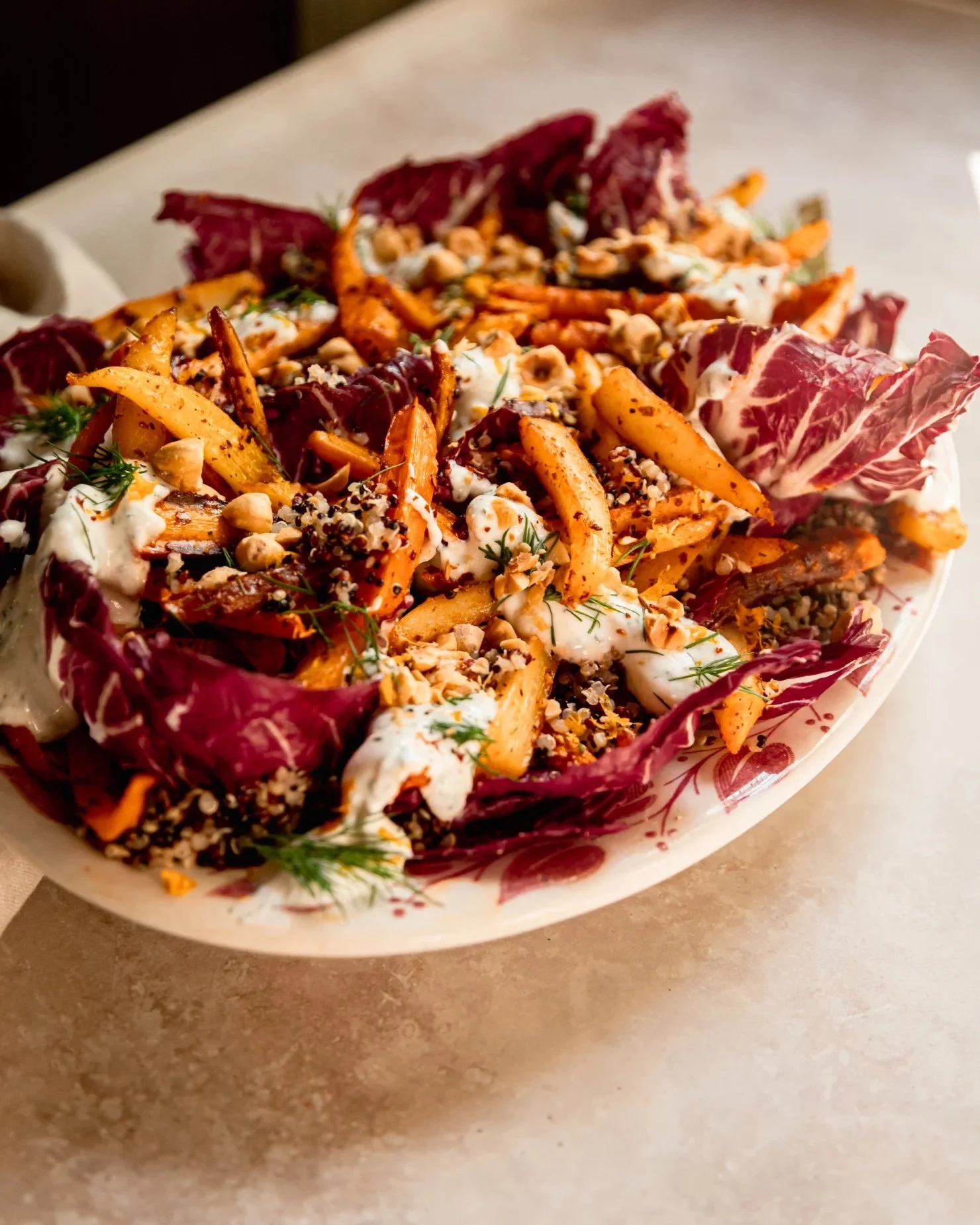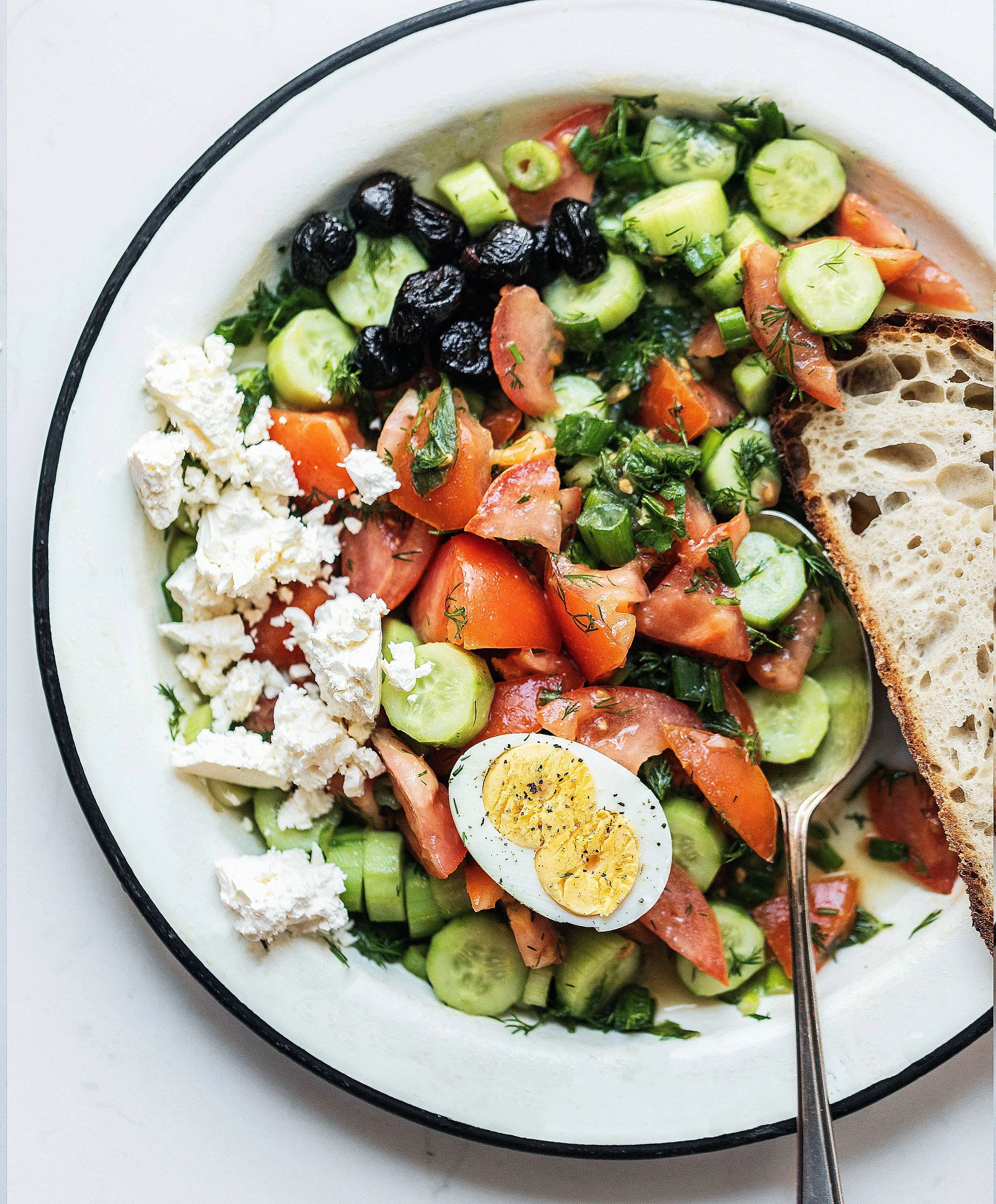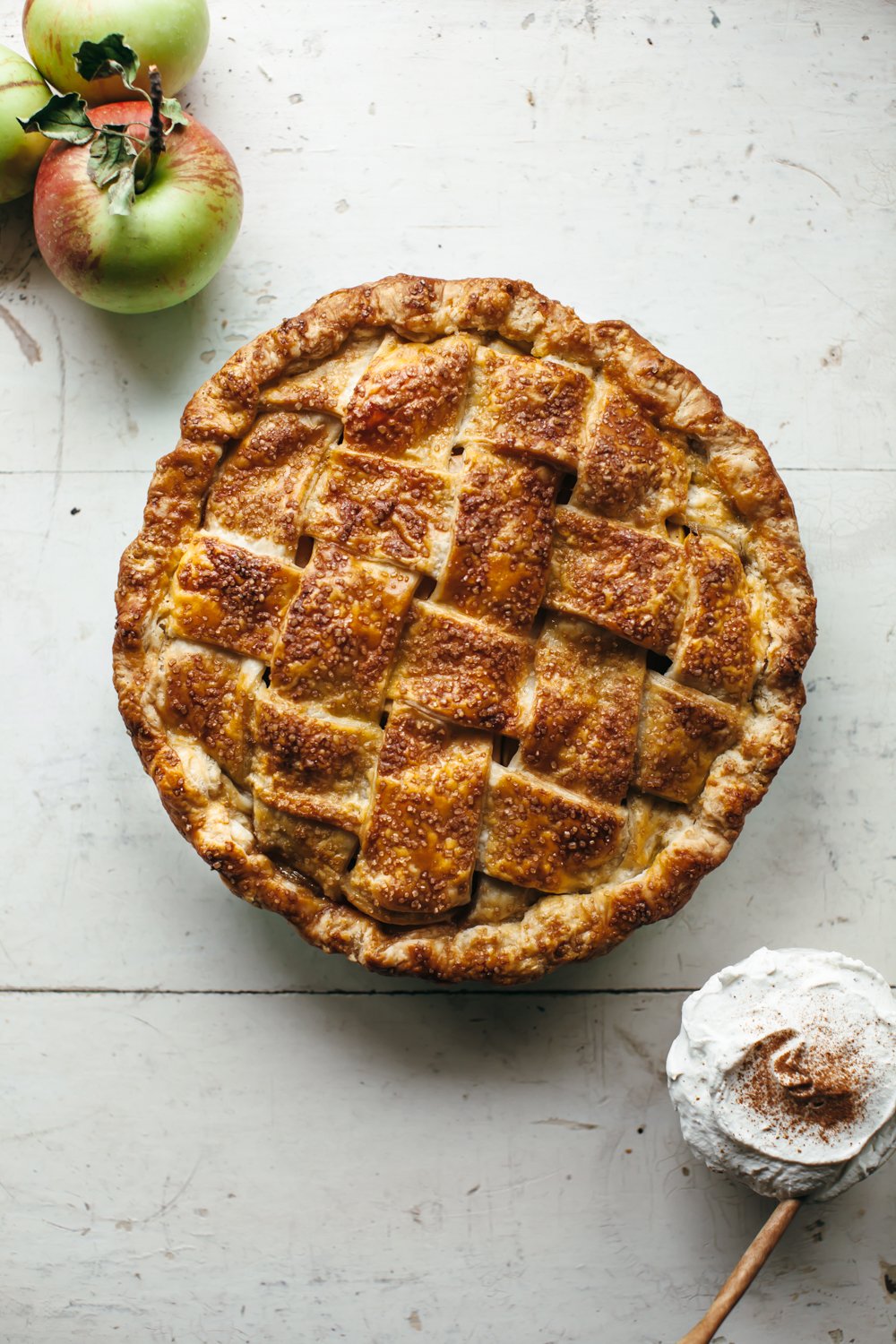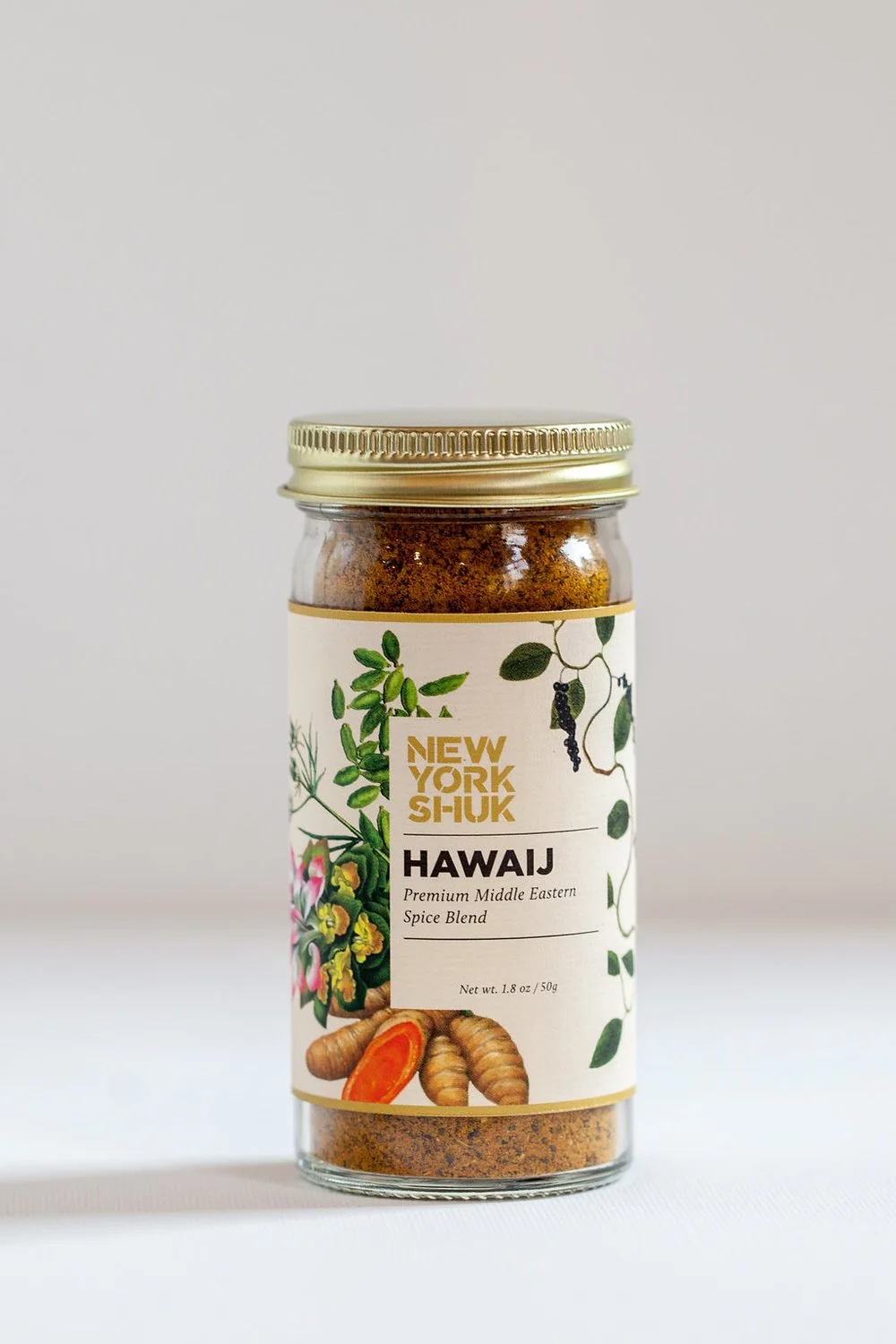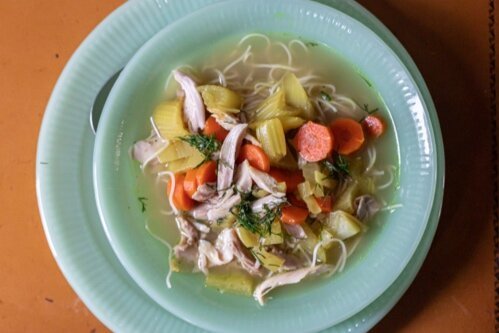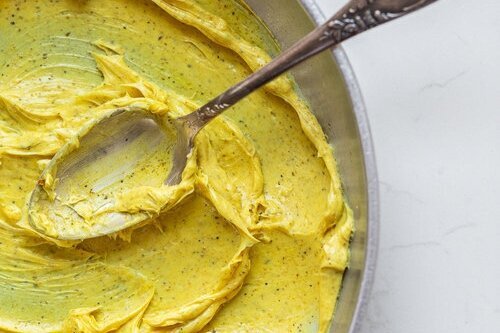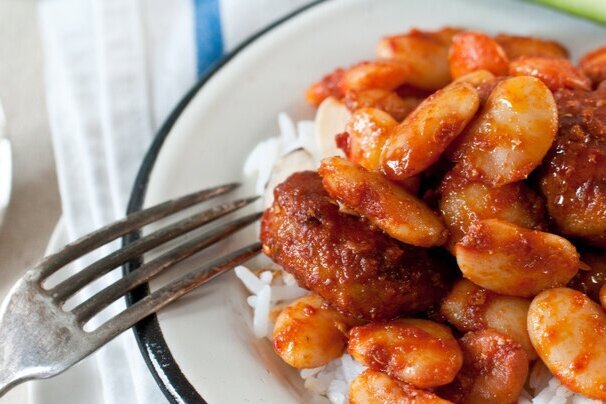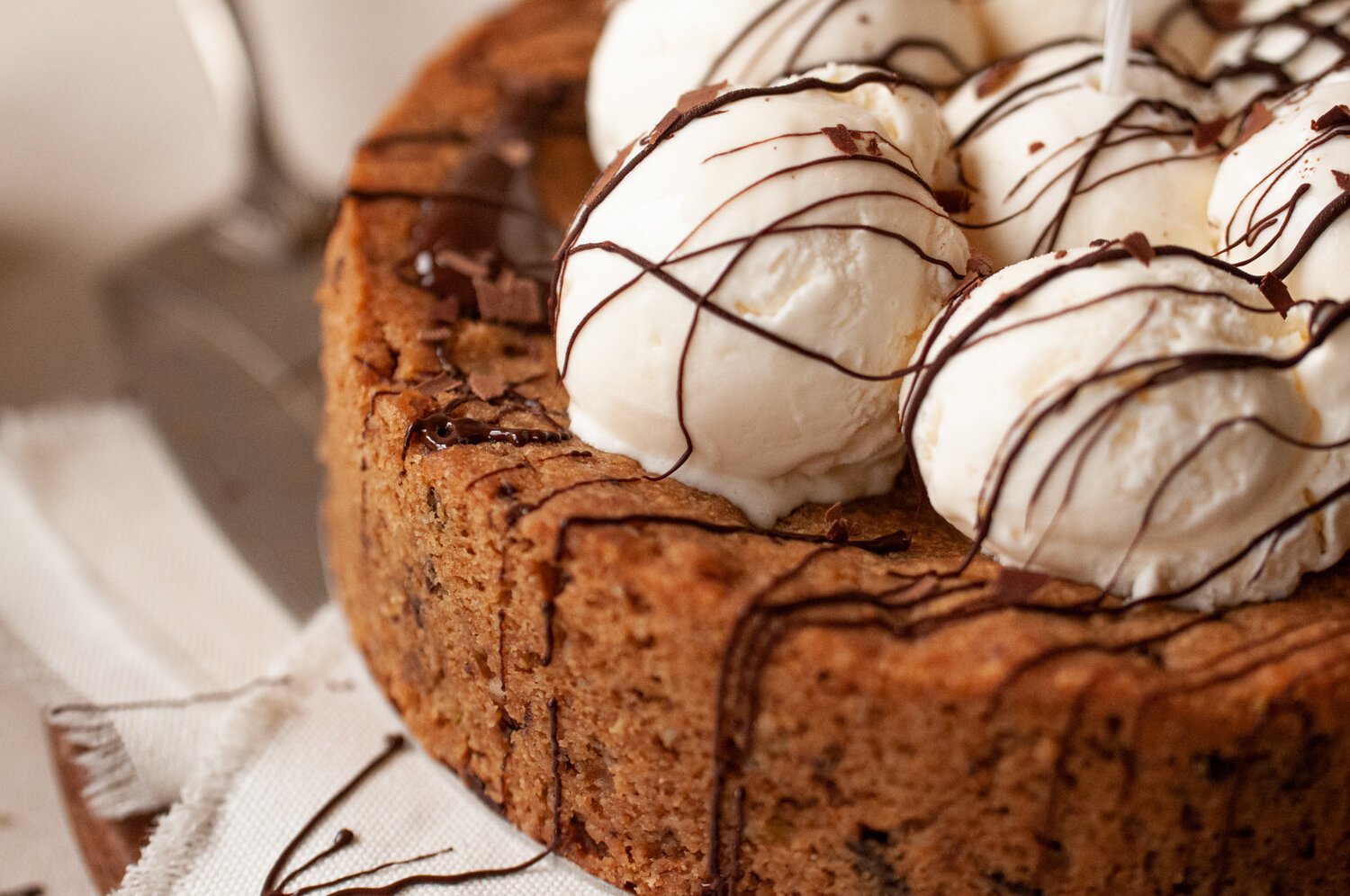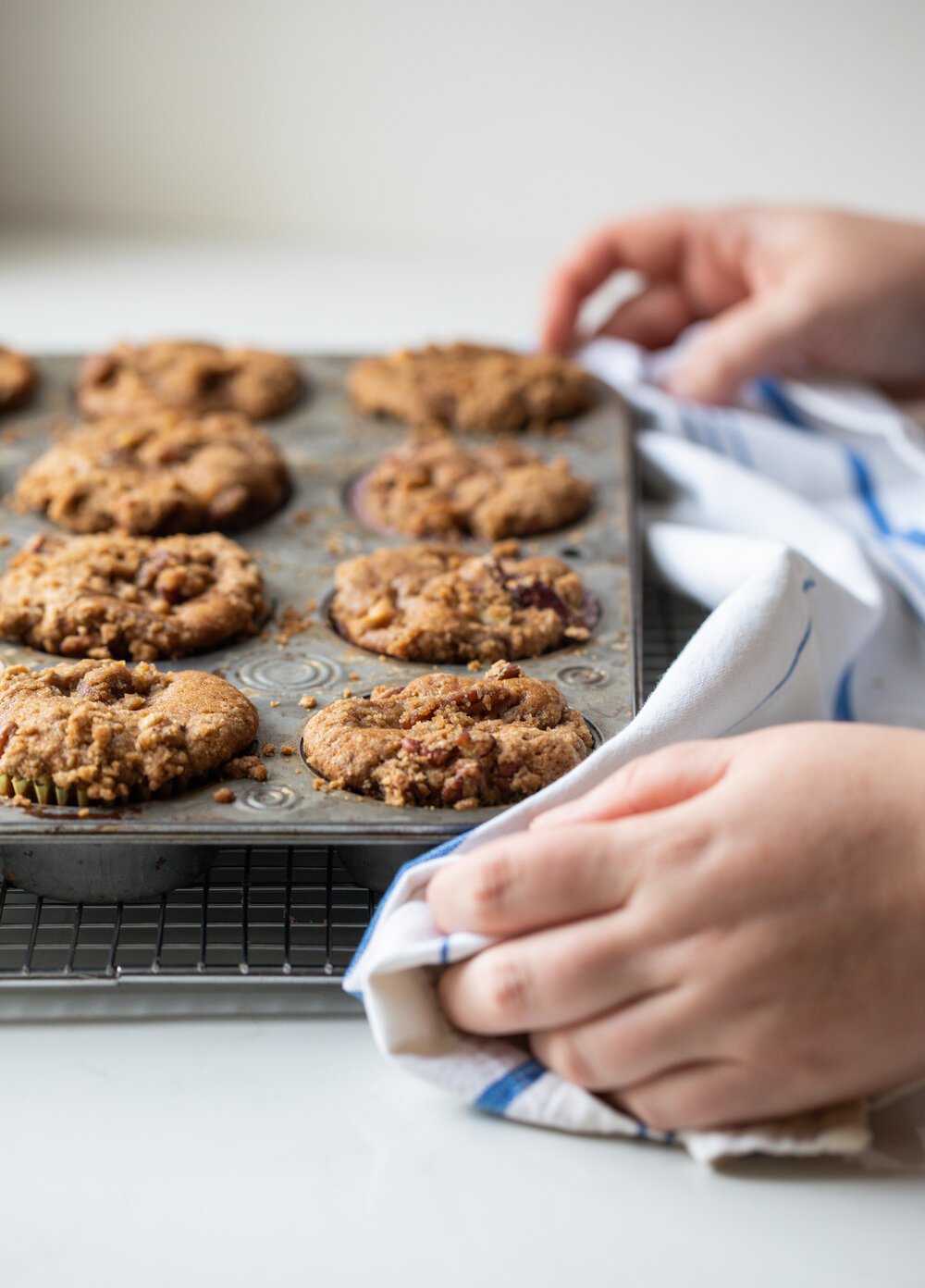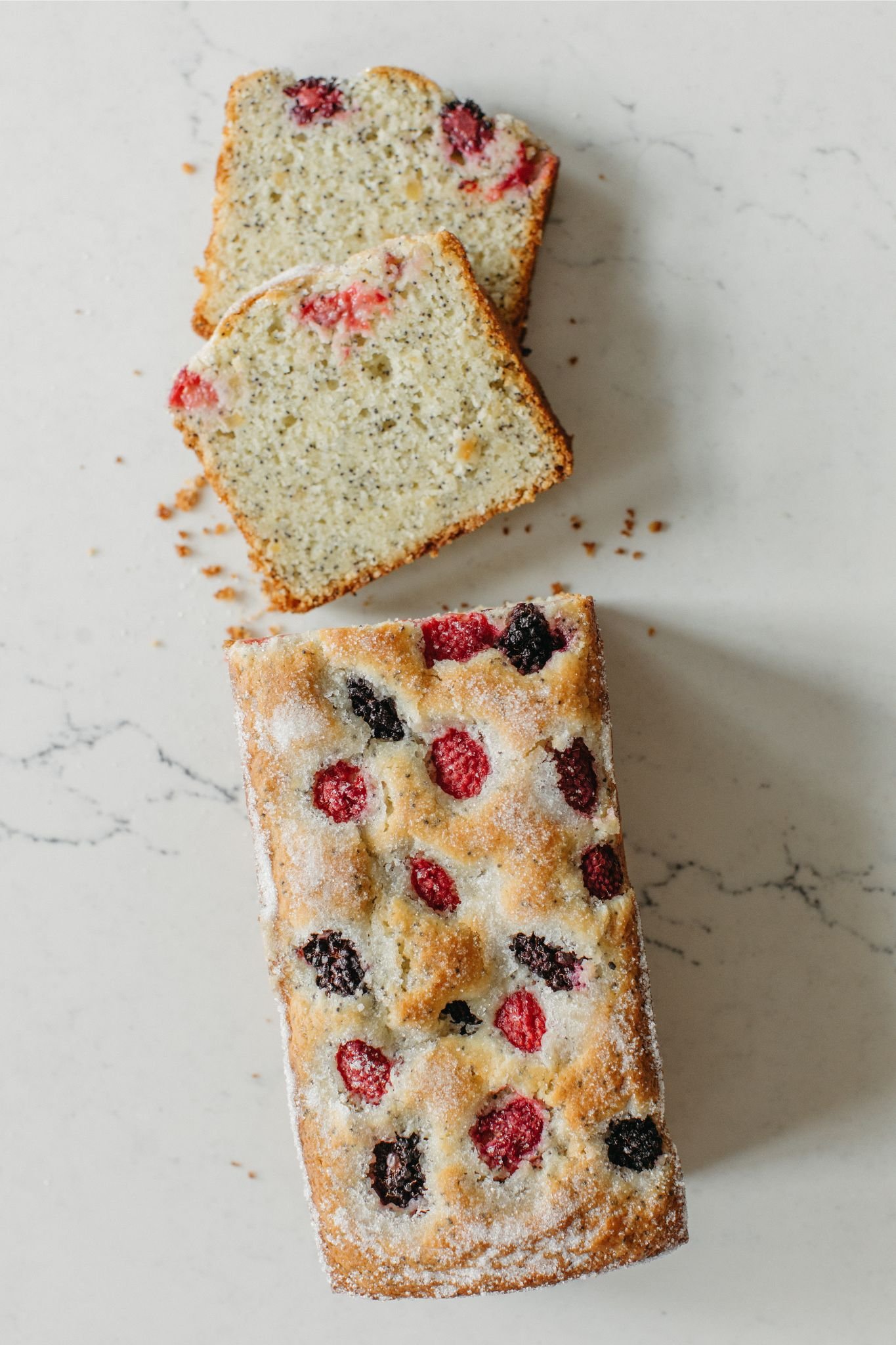Cook the rice: Crumble the saffron into a small heatproof bowl and pour in the boiling water. Steep for at least 20 minutes.Bring 4 quarts water to a boil in an 8-quart pot with a tight-fitting lid. Drain the rice and rinse with cold water to get rid of the rock salt residue. Add the rice to the boiling water and return to a boil. Cook the rice until half-done, about 8 minutes. To check for half-doneness, squeeze a grain of rice between your fingers until it breaks in a few spots along its spine but is not yet fully translucent (see page 125 for the full description of the “squish test”). Drain the rice and douse it with cold water to cool it down.
Combine the yogurt, egg yolks, remaining 3 1⁄2 teaspoons salt, and saffron with its soaking liquid in a large bowl. Add the rice and turn to coat evenly. It should almost feel like the rice is getting fluffier.
Make sure your pot has no rice grains or residue, then return the pot to high heat and add 2 tablespoons each of the oil and butter. Once melted, it should coat the bottom of the pot completely; add more if necessary. When the fat is hot (throw a grain of rice in there to see if it sizzles), spoon one-third of the rice mixture into the fat and spread it evenly across the bottom all the way to the sides. Set a timer for 8 minutes. Arrange the shredded chicken on top of the rice, leaving a 1⁄2-inch border of rice around the edges. Layer on the remaining rice.
Cut another 2 tablespoons butter into 4 blobs. Dab the separate blobs on top of the rice close to the center. Drizzle the reserved few tablespoons of chicken poaching liquid over the rice. Place a large, clean towel on your counter and put the pot lid face-down in the center of the towel. Gather up the edges of the towel around the lid and tie the corners together on top. Place the now-insulated lid on the pot.
When the timer beeps, reduce the heat to low and cook for 30 to 40 minutes longer, until the entire house smells like fragrant rice. (You will start to smell it as it finishes up cooking.) As you become more experienced cooking rice in this Iranian style, your sense of smell will become more reliable. In any case, do not cook the rice for longer than 40 minutes.
Prepare the barberries: While the rice is cooking, flash-fry the barberries. Barberries burn quickly, so have all your gear ready: a colander or strainer, a small saucepan, a wooden spoon, and a medium bowl.
Sift through the barberries to remove any stems or stones. Transfer them to the colander and rinse under cool water. Drain well.
Heat the remaining 2 tablespoons each oil and butter in the saucepan over medium-high heat until shimmering. Carefully add the barberries all at once and begin stirring. Cook, stirring with the wooden spoon, just until the barberries plump up, about 20 seconds. Turn off the heat and continue to stir for 2 minutes. Transfer the barberries to the bowl and reserve for dressing the tachin.
Highly Anticipated Presentation: When the rice is ready, choose a serving platter large enough to fit over the top of your pot. Remove the lid and run a knife along the inside edge of the pot. Place the platter upside-down over the pot. Using oven mitts, pick up the pot and platter together and, working quickly and carefully, invert the pot onto the platter. Set the platter on the counter and bang on the bottom of the pot a few times with a spoon. If you’re a true exhibitionist, do the reveal in front of your guests: Slowly lift the pot, revealing the tachin and the crispy tah-diq in one piece. Sprinkle with the barberries. Cut into wedges and serve with savory moosir yogurt alongside.
Barberries: Barberries (zereshk) are small dried berries, generally fried and used in Persian rice to add a pop of tart flavor. They are nonperishable and relatively easy to find online and in Middle Eastern grocery stores.
























